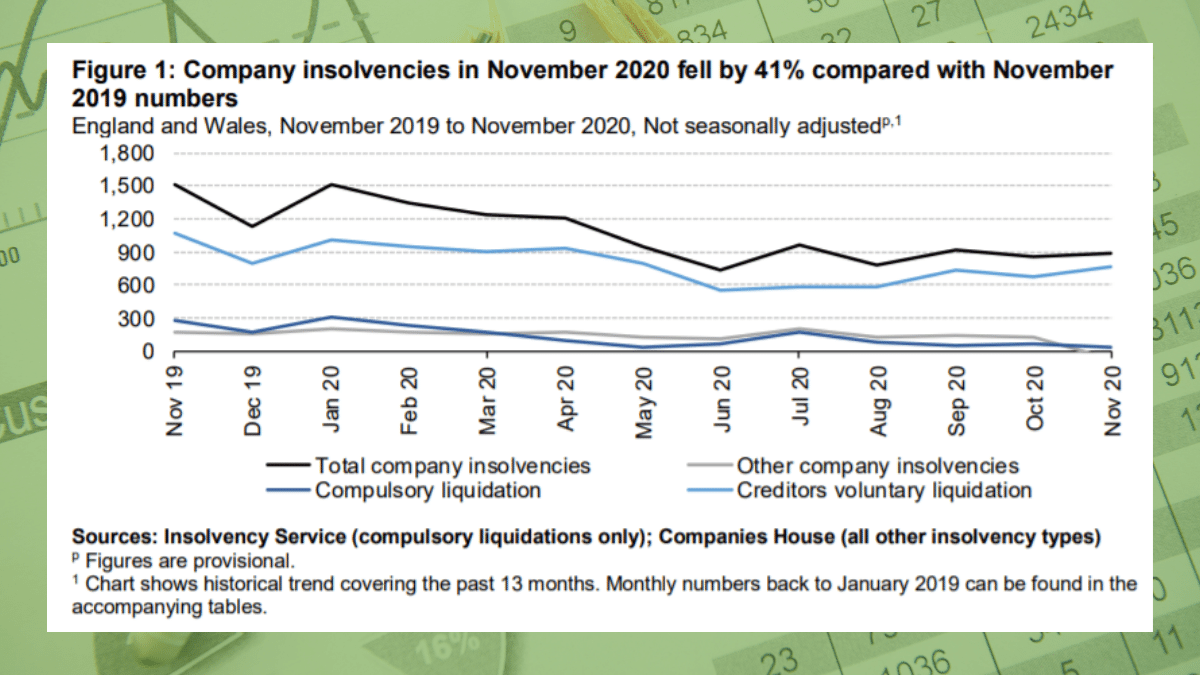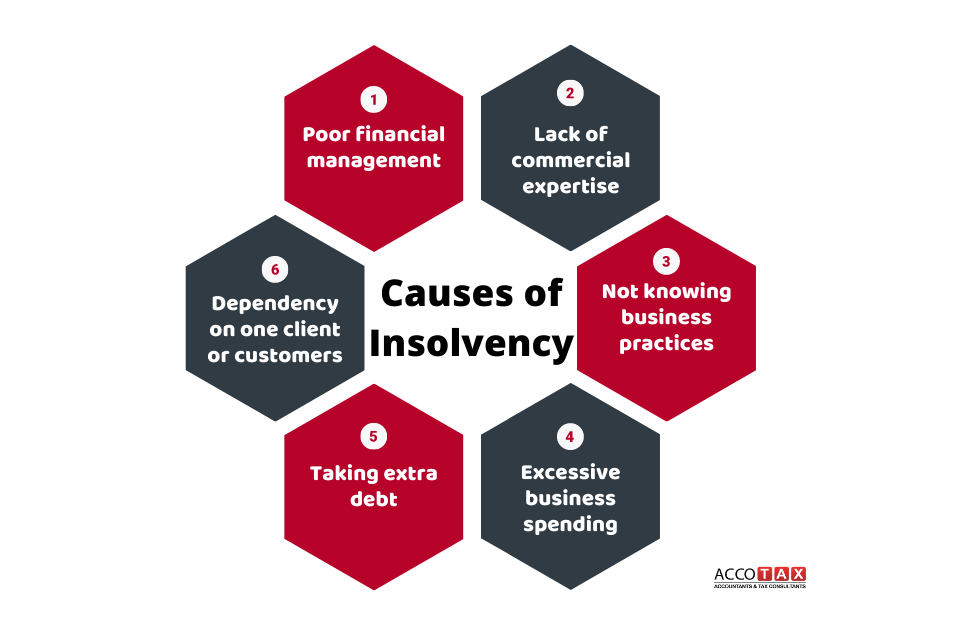7 Easy Facts About Insolvency Practitioner Explained
7 Easy Facts About Insolvency Practitioner Explained
Blog Article
8 Simple Techniques For Insolvency Practitioner
Table of ContentsThe Insolvency Practitioner PDFsInsolvency Practitioner for BeginnersNot known Details About Insolvency Practitioner 8 Simple Techniques For Insolvency PractitionerGetting The Insolvency Practitioner To WorkFascination About Insolvency PractitionerSome Of Insolvency Practitioner
Insurance policy is monitored and controlled by state insurance departments, and one of their key purposes is protecting insurance policy holders from the risk of a company in monetary distress. When a business gets in a duration of monetary difficulty and is not able to meet its obligations, the insurance commissioner in the firm's home state launches a processdictated by the regulations of the statewhereby initiatives are made to help the company restore its monetary footing.If it is established that the firm can not be restored, the business is declared bankrupt, and the commissioner will ask the state court to purchase the liquidation of the company. [Back] The insurance coverage commissioner, either assigned by the governor or elected, heads the state insurance coverage department and displays and controls insurance activity within the state.

[Back] By acquiring control of a business, the commissioner (or the insurance coverage division) is, by law, the rehabilitator or liquidator of the company. In this capacity, the commissioner or department takes control of the company's operations. Instead of do so straight, the commissioner may retain an unique replacement receiver to supervise the business's tasks.
Insolvency Practitioner Things To Know Before You Get This
The receiver manages an audit of the firm's properties and obligations and provides the estate of the company. In doing so, the receiver looks for to make the most of the company's properties, transfer them to cash money, and afterwards distribute that cash money to lenders having valid insurance claims versus the insurer in conformity with payment top priorities defined by state legislation (in all states, insurance policy holders are top priority plaintiffs whose claims are paid prior to those of general financial institutions).
All insurance provider (with restricted exemptions) licensed to offer life or medical insurance or annuities in a state have to be members of that state's warranty organization. The guaranty organization complies with the commissioner and the receiver in pre-liquidation preparation. Once the liquidation is bought, the guaranty association provides protection to the firm's policyholders who are state homeowners (as much as the levels defined by state lawssee below; any benefit amounts over the guaranty asociation benefit degrees become cases versus the business's continuing to be assets).
The above coverage levels apply individually for each and every financially troubled insurance provider. [Back] When an insurance firm fails and there is a shortfall of funds needed to fulfill the commitments to policyholders, state guaranty associations are turned on. Guaranty associations have two primary resources of funding when giving coverage to policyholders. Guaranty organizations have subrogation legal rights to an in proportion share of the possessions staying in the stopped working insurance provider.
The smart Trick of Insolvency Practitioner That Nobody is Discussing
Second, insurance providers doing service in that state are assessed a share of the amount needed to fulfill the portion of the guaranty associations' covered insurance claims not or else moneyed with estate properties. The amount insurance firms are examined is based on the quantity of premiums that they collect in that state. The National Organization of Life and Wellness Insurance Coverage Guaranty Associations (NOLHGA) is made up of the life and health insurance coverage guaranty organizations of all 50 states and the District of Columbia.
NOLHGA establishes a task force of representative guaranty associations to deal with the insurance coverage commissioner to establish a plan to secure policyholders. To find out more on NOLHGA's function in additional hints the process, see "What Is NOLHGA?" and "The Safeguard at Work." [Back]
You are right here: Bankruptcy is when a firm or individual can't pay financial obligations when they schedule. There are several alternatives readily available to a bankrupt firm or person: ASIC manages firms, it her response does not handle personal insolvency procedures. To learn more regarding bankruptcy and personal insolvency agreements, see the Australian Financial Protection Authority site.
The 3-Minute Rule for Insolvency Practitioner
Predictive protection by aiding you select the right clients and the right markets to avoid uncollectable bill to begin with, many thanks to acute financial evaluation (Insolvency Practitioner). In-depth market intelligence, offering you with 360-degree presence on service fields and foreshadowing problems. It would certainly be a simplification to think a profession credit report insurance begins and finishes with costs and pay-outs
This can happen for a number of reasons, consisting of poor monetary monitoring, unanticipated prices, or a modification in the marketplace. If a company is financially troubled, it might be compelled to fold or liquidate possessions to pay financial institutions. This can have a major influence on business, employees, and shareholders.
Fascination About Insolvency Practitioner
It can cause task losses, property sales, and even bankruptcy. It is necessary to understand how company insolvency works and how it can affect your organization. Why does a business participate in bankruptcy? There are a number of reasons why a company might become part of bankruptcy. One of the most typical reason is that the firm is incapable to pay its financial debts as her explanation they fall due.

Examine This Report on Insolvency Practitioner
The business may be forced to market properties, lay off personnel or even close down. Financial institutions may be left out of pocket and the business's shareholders might see their financial investment disappear.
This can take place for a variety of factors, including poor economic administration, unforeseen costs, or a change in the marketplace. If a business is insolvent, it may be forced to shut down or sell properties to pay lenders. This can have a significant influence on the company, staff members, and shareholders.
Not known Factual Statements About Insolvency Practitioner
It can bring about job losses, possession sales, and also insolvency. It is very important to comprehend just how corporate insolvency works and just how it can affect your service. Why does a firm participate in bankruptcy? There are a number of reasons why a business might participate in bankruptcy. One of the most usual factor is that the business is incapable to pay its debts as they fall due.
Various other reasons for bankruptcy consist of scams, mismanagement, and unanticipated prices. Insolvency can additionally lead to job losses and the closure of organizations.
The business might be forced to sell properties, lay off staff or even shut down. Financial institutions may be left out of pocket and the business's investors might see their investment disappear.
Report this page